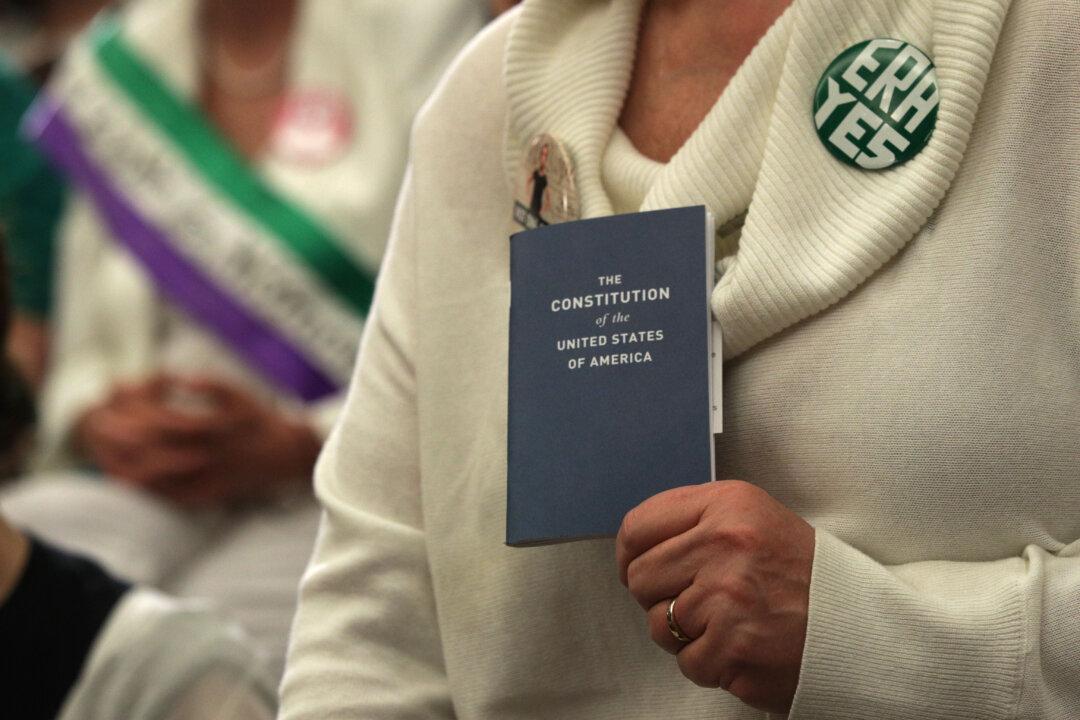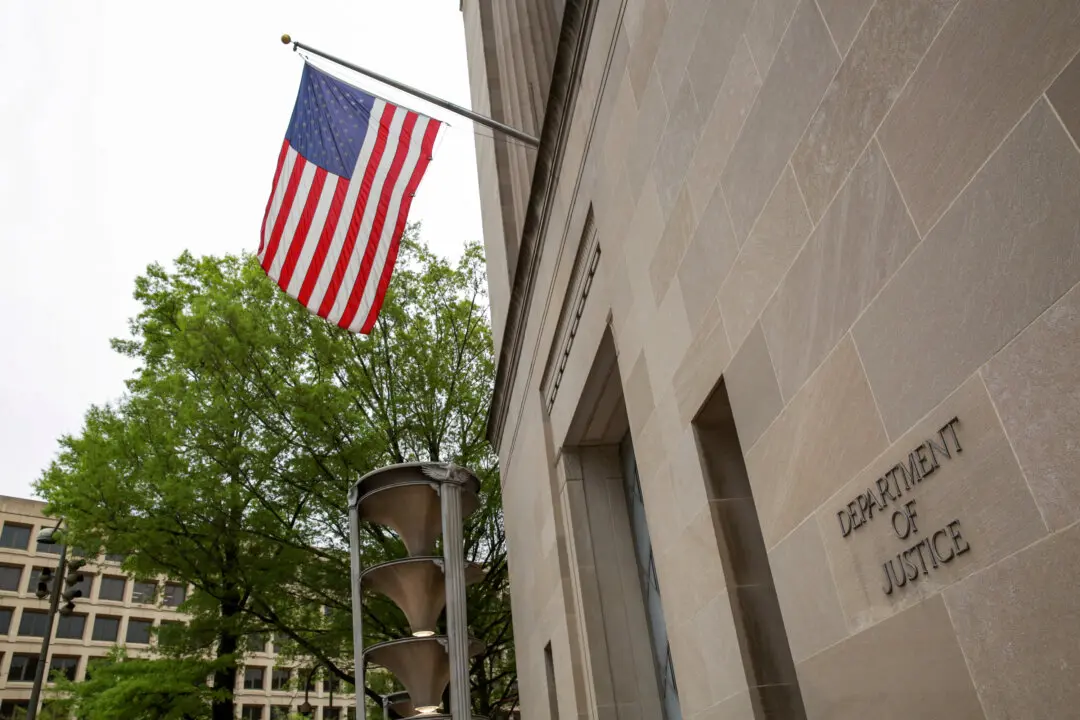Three states are suing the U.S. Archivist in an attempt to compel him to adopt the Equal Rights Amendment (ERA) as part of the U.S. Constitution.
Nevada Attorney General Aaron Ford announced on Thursday that he and the attorney generals for Illinois and Virginia have filed a lawsuit seeking to force U.S. Archivist David Ferriero to adopt and publish the ERA into the Constitution after Virginia became the 38th state to ratify the amendment earlier this month. The Constitution requires 38 state ratifications, or three-quarters of the 50 states before an amendment can be adopted.




